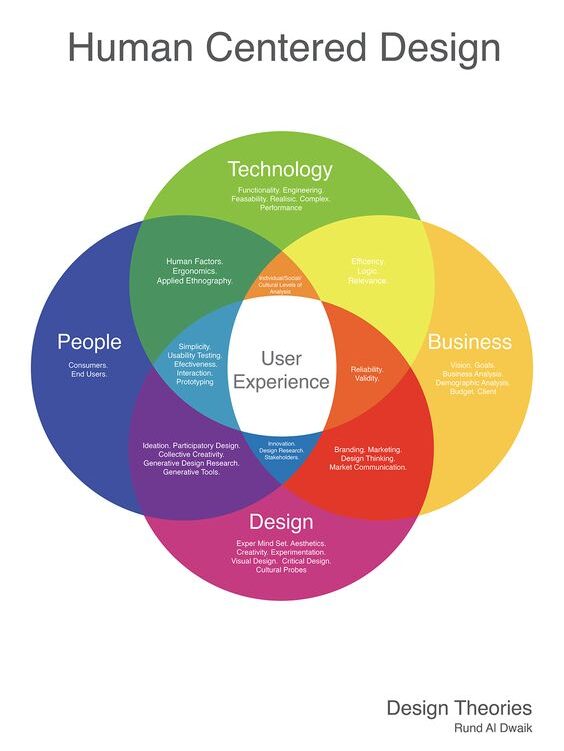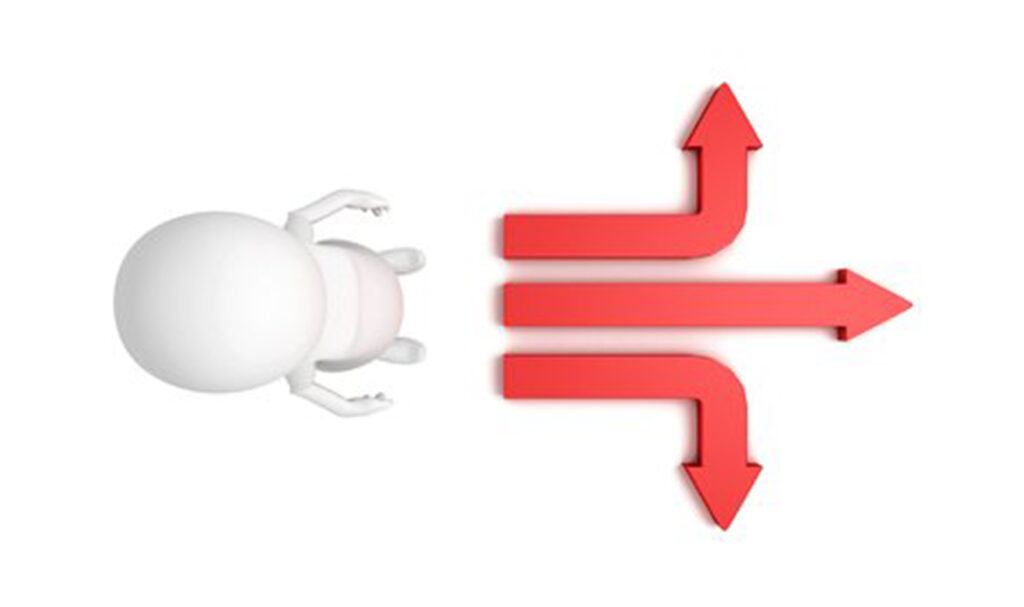Grab every fork on the road.
Craft design development
Design started out as a craft, primarily focusing upon the creation of beautiful objects to become a powerful force in industry. Today, design has gone far beyond its simple origins as a craft to develop powerful new ways for people to interact with the world, emphasizing experience, not technology.
with the 21st century’s increasing sophistication of the technologies for home, business, education, and entertainment, the skills of the craft no longer suffice. Design as a craft is an admirable profession, but one that is limited in both aspiration and capability.A craft education does not suffice to deal with these issues.
Human-centered design
The result, variously called “interaction design,” “experience design,” or “human-computer interaction,” came primarily through the efforts of the disciplines of psychology, human factors, ergonomics, and computer science. Service design was yet another area that represented a shift in design practice,they are interactions with people and systems.
Human-centered design is perhaps the most important of these new developments. It is a process, one that requires a deep understanding of people.en, these needs and issues are addressed through an iterative, evidence-based procedure of observation, ideation, prototyping, and testing, with each cycle of the iteration going deeper and deeper into the solution space, its core several fundamental principles:It does not rush to a solution; It is evidence-based and It is action-oriented, learning by doing, through repeated iterations of making, testing, and observation.


The Futures of Design
The move from craft-based to evidence-based design, from simple objects to complex sociotechnical systems, and from craftspeople to design thinkers suggest that we are now faced with a fork in the road with two different possible futures for design:
A craft and practice;
A mode of thinking.
Design as Both Craft and a Way of Thinking, Designers are action-oriented. External representation has long been a powerful tool to thought. These core principles underlie the power of all design, whether it is design as a craft or design as a way of thinking. It is appropriate to all the multiple sub-disciplines of design as well.
When you come to a fork in the road, take it. Whichever direction is taken will be correct.
Reading list:
Donald Norman, 2016. The Future of Design: When you come to a fork in the road, take it [online]
Available at: <http://www.jnd.org/dn.mss/the_future_of_design.html> [Accessed 1 March 2020]
